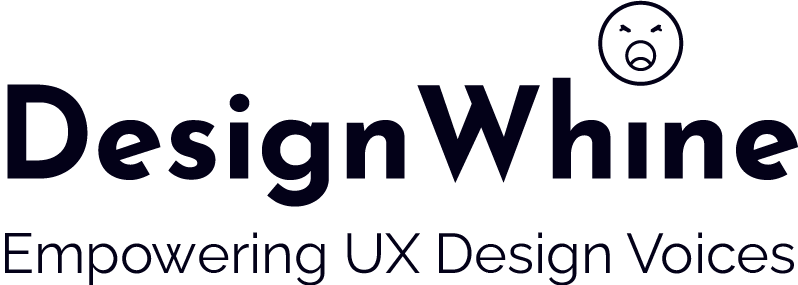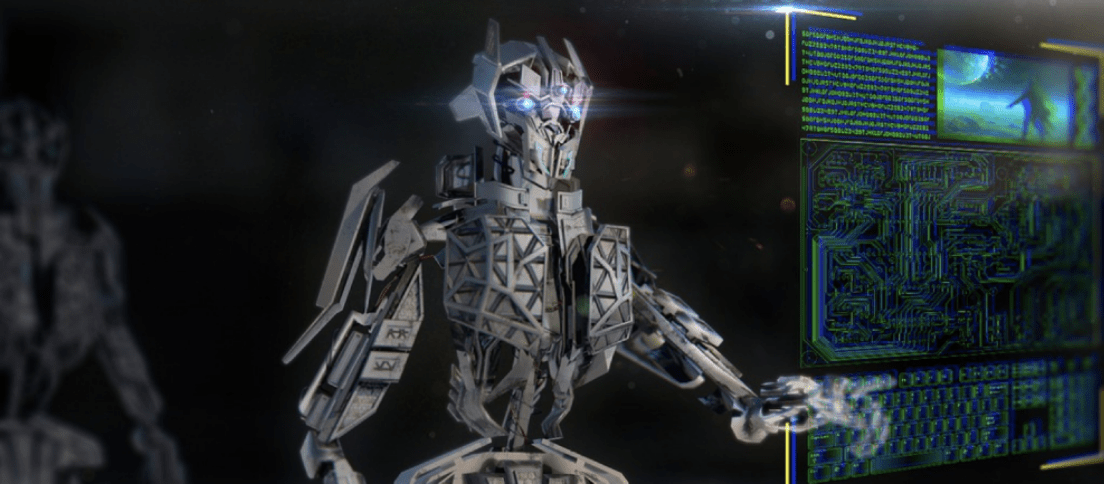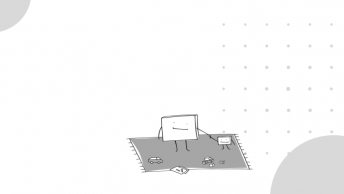Back in 1998, an eleven year old me had stumbled upon a tattered copy of “Future Shock” by Alvin Toffler in a used bookstore. I didn’t understand large parts of the book but a section titled, “Future of Societies”, that talked about how the science of 2050 would let parents produce bespoke babies fascinated and stuck with me for a long time. It mentioned how physical attributes and the personality of a child could be planned and chosen in advance via an interface.
As I grew older, I devoured “Future Shock” and subsequently read other books by Alvin Toffler. This was a shift in my reading interest from the regular science fiction genre that I was very fond of. My brother had always been a science fiction buff and while I never really enjoyed space operas like the Star Wars or Star Trek, I was more drawn to science fiction that seemed a little more plausible. I thus read a lot of books by Michael Crichton which were sometimes labelled as “hard science fiction.” These revolved around the future possibilities owing to the current science and were more believable.
I had a similar fascination when as a designer I stumbled upon “Speculative Design” not long ago. Coined in the 90s by Anthony Dunne and Fiona Raby, professors at London’s Royal College of Art, Speculative Design advocates the use of design as a speculative process which is not aimed at creating things but ideas. Ideas that are not so far fetched and could be a plausibility but are also not currently possible.
As designers, this is powerfully creative in a lot of ways. We use design to discuss and debate more about futuristic ideas and thoerize on how our society could shape up. There’s no right or wrong as long as the discussions are based on the ideas that are plausible.
Origins and the buzz words around
Like I mentioned, it was first coined in the 90s by Dunne and Raby and has since spawned various other nomenclature loosely meaning the same. Hence we have Critical Design, Design Fiction, Discursive Design, Interrogative Design, Ludic Design, all slight variations of Speculative Design which in itself is a design practice aiming at exploring and criticising possible futures by creating speculative, and often provocative, scenarios narrated through design artifacts.
The specific term Design Fiction was coined by Bruce Sterling in 2005 but wasn’t until Julian Bleecker firmly established the idea through his 2009 essay titled, “Design Fiction A short essay on design, science, fact and fiction”.
Critiquing the Future
Design Fiction asks us to look beyond our regular user-centered approach to design and think about the ripples our designs could have on future societies. It’s not necessarily problem solving as we know it, neither is it a prediction of the future, nor pure criticism. It is merely concerned with possibilities, not probabilities, insisting us to push the thought envelope to include a set of possible futures and the ways in which the products we design aid or obstruct our attempts to build those futures.
Remember I mentioned “space operas“ versus “hard science fiction”? Design Fiction revolves around the latter. Whether predicting or shaping how the future will unfold, design fiction is required to strike a balance between what’s possible and what’s pure fantasy. Too progressive, and the concept will likely never materialize. Too unadventurous, and the value of speculation is lost.
Application of design fiction
We are all aware of the massively popular Netflix series, “Black Mirror” which examines modern society, particularly with regard to the unanticipated consequences of new technologies. Only, Black Mirror is mostly dystopian in nature. While we speculate on the possibilities of the future with design thinking, we can choose to not be dystopian and look in the “preferable” zone of the “Possibility Cone” (see fig.).
We tend to look 5-10+ years forward and speculate on how things could be and what future we want or don’t want based on these scenarios.
For example, Earth 2050 (https://2050.earth) is a work of design fiction. It is an interactive project that provides a fascinating glimpse at a future based on predictions from futurologists, scientists, and designers from all over the world.
Similarly, in 2007, the iPhone showcased the power of Design Fiction on a grand scale. When the iPhone was introduced there was nothing like it on the market, it was conceptualized solely on the basis of speculation on how users could interact with smart phones in the future.
Design Fiction and DesignWhine
The debut issue of DesignWhine mentions Speculative Design in passing in the cover story. We’re thinking of having a recurring feature dedicated to “Design Fiction” where designers can present their futuristic prototypes/wireframes of interfaces based on their imagination but with foundations that rely on emerging technologies. For example, imagine an interface of an ecommerce website in 10 years from now using the upcoming technologies of AI and Voice Interface.
It would all be a designer’s imagination with the sole intent of striking a debate, a dialogue about the plausible future.
How amazing is that?!






